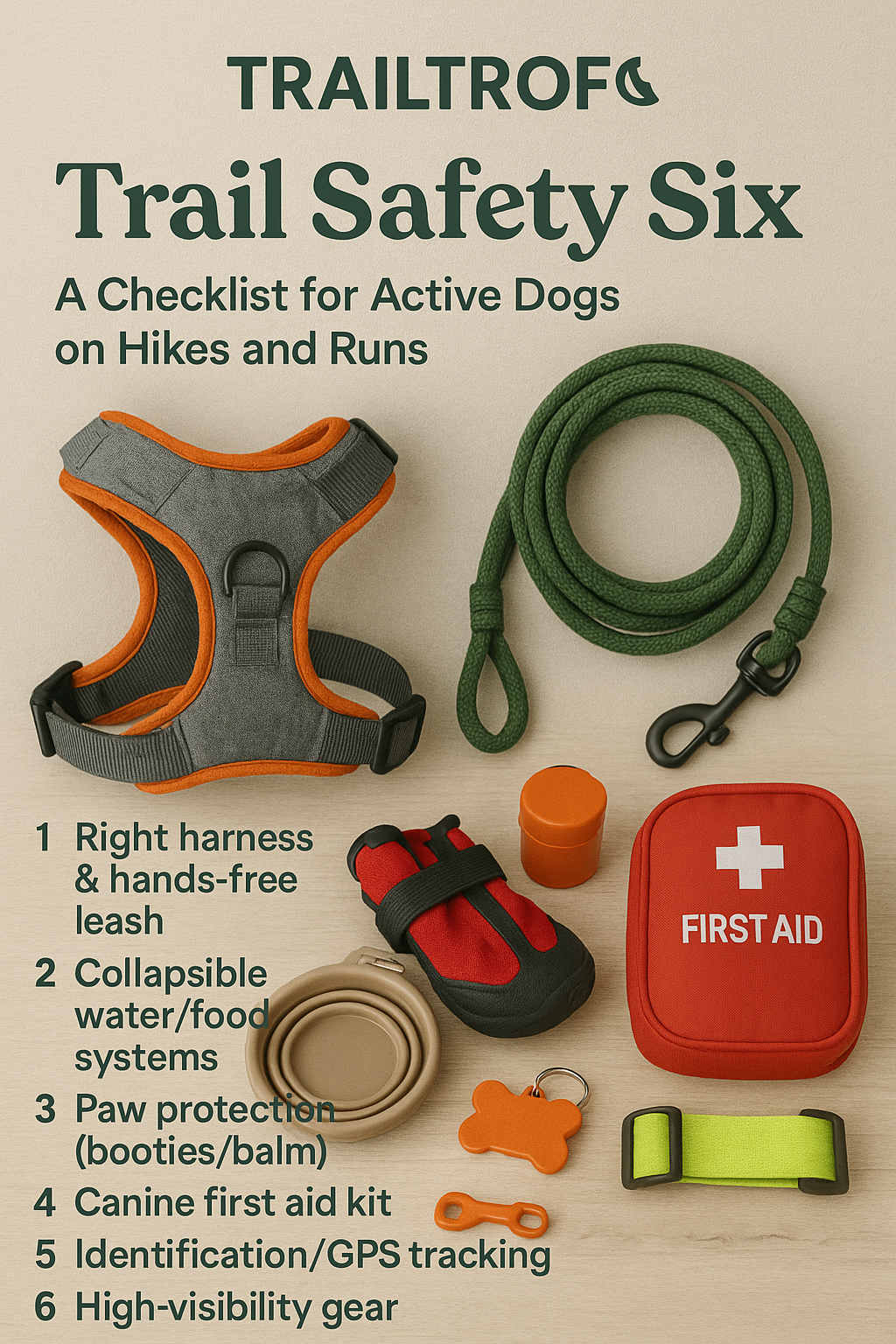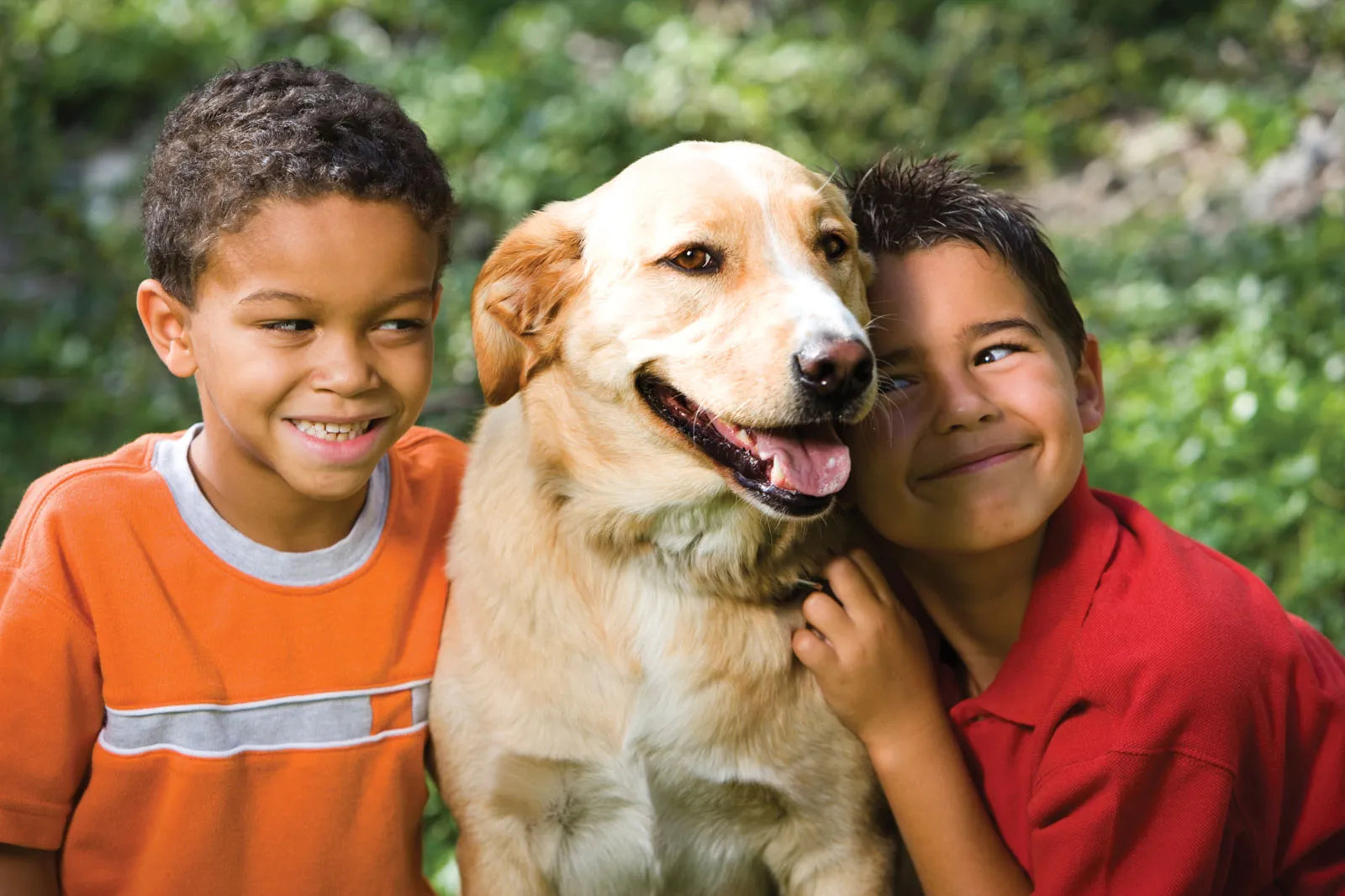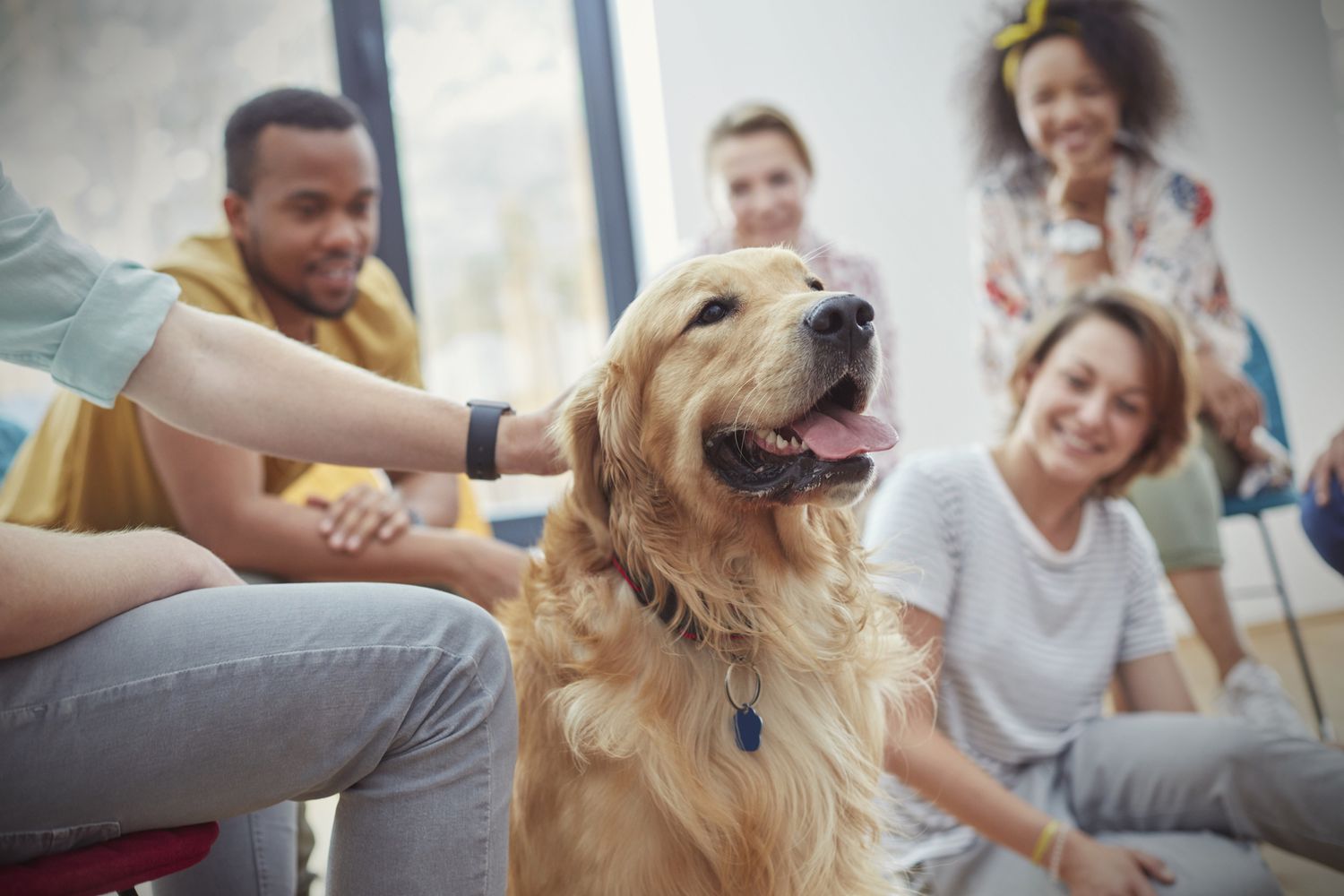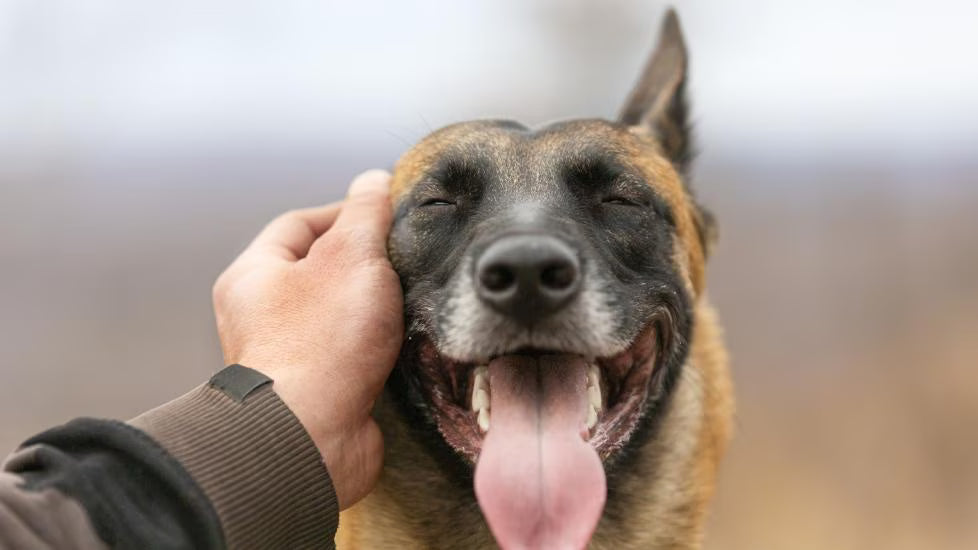
The Trail Safety Six: Essential Gear for Your Dog’s Next Great Adventure
Share
The essence of Trailtrotpet is freedom—the joy of exploring new paths with your canine co-pilot. But as any seasoned adventurer knows, a successful trip begins long before the first step. It starts with a well-packed bag of essentials designed to keep your dog safe, comfortable, and prepared for anything the trail throws your way.
Here are the six pieces of gear that are non-negotiable for every responsible trail-trotting dog owner, ensuring both fun and safety on every outing.
1. The Right Harness and Leash System
Forget the old collar-and-leash combo for long treks. Trail running and hiking demand specialized equipment.
-
The Y-Front/Web Master Harness: Choose a harness with a Y-shape front that doesn't restrict your dog's shoulder movement. For extra security on steep or tricky terrain, a harness with a strong handle on the back is invaluable, allowing you to lift or steady your dog safely.
-
The Hands-Free Leash: A bungee-style leash that attaches to a waist belt is a game-changer. It absorbs shock, reduces strain on both you and your dog, and keeps your hands free for balance, navigation, or holding trekking poles.
2. Collapsible Water and Food System
Dehydration is the biggest silent threat on the trail. You must carry enough water and make it easily accessible.
-
Portable Bowls: Lightweight, silicone collapsible bowls are mandatory. Never let your dog drink from stagnant puddles, which can harbor harmful parasites like Giardia.
-
The Water Source: For long hikes, consider a dedicated dog-specific water bottle or teach your dog to drink directly from your hydration reservoir nozzle. Always pack an emergency reserve of high-energy treats or a small portion of their kibble.
3. All-Weather Paw Protection (Booties or Balm)
Your dog's paws are their primary contact with the environment—and they take a beating.
-
Dog Booties: Essential for extreme conditions—whether it's scalding hot pavement, abrasive granite, or ice and snow. Practice wearing them at home first! Always keep a pair in your pack for emergencies, such as a paw pad cut.
-
Paw Balm: In milder conditions, a protective wax or balm creates a barrier against irritants, helps prevent cracking, and keeps pads healthy.
4. Canine First Aid Kit
Minor injuries happen, and being prepared means a quick fix can save your trip—or a costly vet visit.
-
Essentials to Include: Vet wrap (self-adhering bandage), antiseptic wipes, gauze, blunt-tipped scissors, tick removers, tweezers, and an emergency supply of Benadryl (consult your vet for dosage).
-
Emergency Contact: Keep a laminated card with your vet's number and your dog's baseline vitals (like normal heart rate) tucked inside.
5. Identification and Tracking
Getting separated is every owner's worst nightmare. Layer your defense.
-
ID Tag and Microchip: Ensure their collar tag is up-to-date with your current cell number. A microchip is a permanent backup.
-
GPS Tracker: For the deepest backcountry adventures, a lightweight GPS device that attaches to their collar provides real-time location tracking and peace of mind.
6. High-Visibility Gear
Whether you’re dealing with low light, dense forest, or hunting season, visibility is safety.
-
Reflective Accents: Look for harnesses and leashes with reflective stitching.
-
Safety Lights: A small, clip-on LED light for the collar is crucial for runs or hikes that stretch into dusk or dawn. For rural areas, a bright orange or yellow vest can alert other trail users and hunters to your dog's presence.
By checking off these six essentials before every departure, you’re not just packing gear—you’re packing a promise for a safe return.






